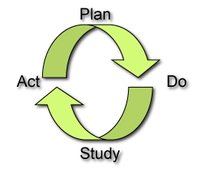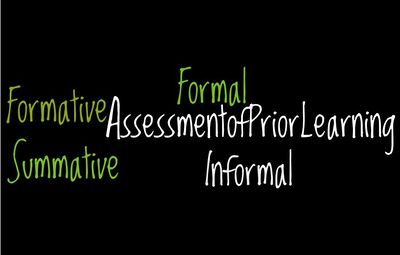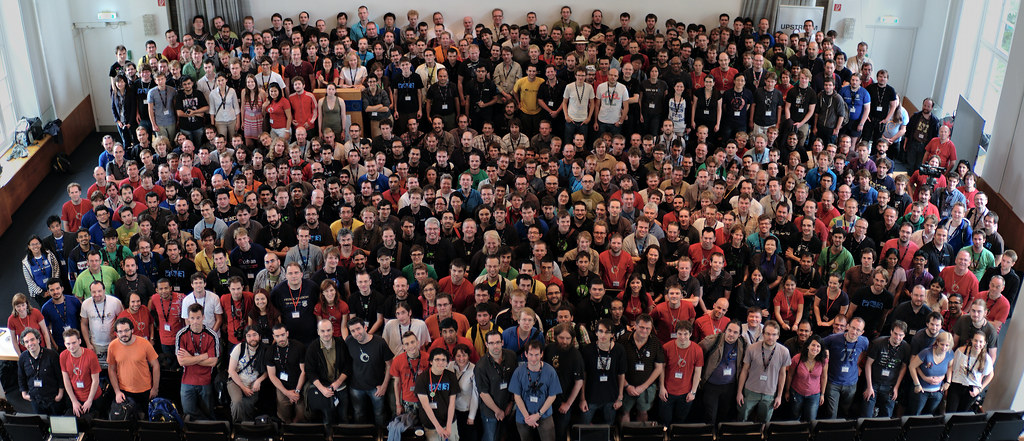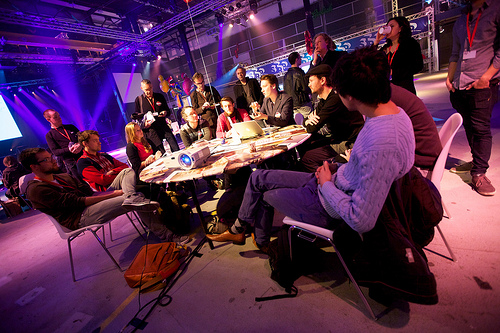 |
| PDSA cycle | | | | |
Lesson planning was the topic of the session today. I had prepared
a lesson plan for the session as an example. I gave a quick overview of Module 4, and then we worked on an experiential learning activity. The activity was to design and prepare a lesson plan to teach a group of students how to milk a goat. This was a good subject for getting the class to think about how to design active, deep and experiential learning activities.We did the activity in pairs, and each group came up with a different lesson plan. For example, Namarta and I decided to teach polytechnic staff, and bring in a real goat and a goat farmer to explain how to handle the goat and how to do the milking. I thought it was important to teach the students some terms for understanding the external anatomy of the goat. I also wanted them to understand the physiology of milk production though this would probably be something that could be done in another lesson. Others talked about showing a video, and learning the milking technique using a simulator and then doing a field trip later on.
We had some good discussion about the different approaches and gave each group feedback. I showed the class a video resource that I had found on milking a goat -
How to Hand- milk a Goat - so we could have some discussion about its effectiveness and how a resource like this can be used in a lesson like the one we planned. This particular video was good because it showed the milking technique close up and the process and rationale was explained well. I also showed an example of other resources that could be used in a lesson plan.
Milk a goat by hand - pictures and instructions. People thought these would be useful for students as they can be studied more slowly than a video. I also suggested using web resources.
Effectiveness of using video resources
We discussed that it is best to pause video if it is used and have discussion part way through. It is also good to provide questions for students to think about prior to watching the video, and probably questions to reflect on afterwards. I talked about the video resource as useful for providing a concrete experience if using Kolb's experiential learning cycle - it is not always possible or necessary to see a 'live demo' or have an actual experience until the skill has been demonstrated using some form of media. So concrete experience can be about feeling, viewing or doing.
 |
| http://academic.regis.edu/ed202/subsequent/kolb2.htm |
One point made was that video resources are good for learning. We assume that they are but are they? So I went looking for some evidence that using video resources does actually help learning. Effectiveness seems to depend on the design of the video and the way it is used in class. So looking back at the milking video that we viewed. Was this really an effective resource for learning, and if so why? What could be done to improve it?
See what you think of these resources and what else you can find.











